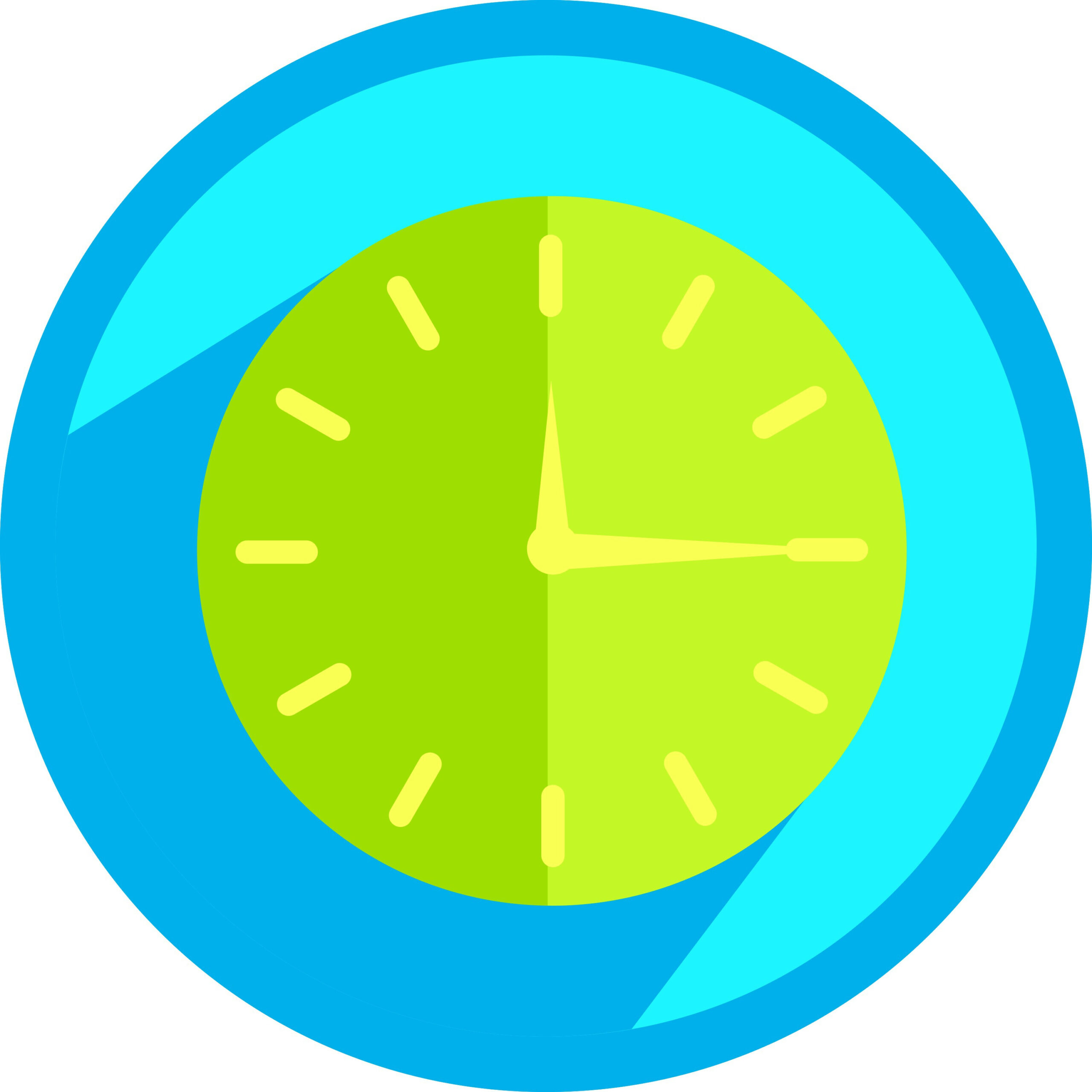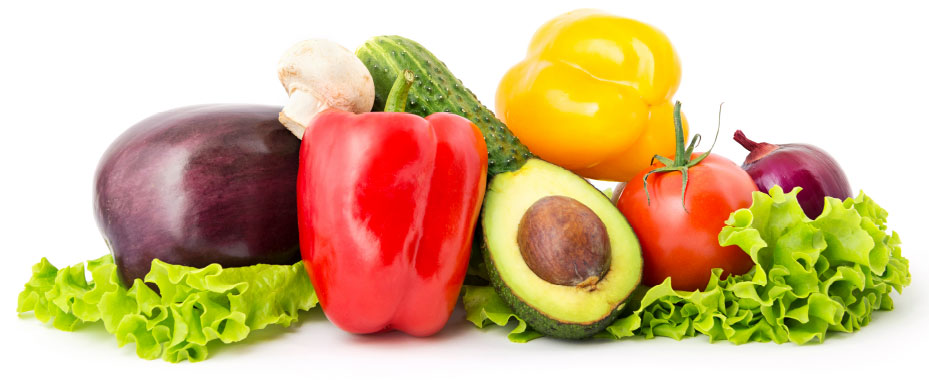Is Diet More Important than Exercise for Weight Loss?
In my professional experience as a physician, I’ve noticed that many people who struggle to lose weight devote too much time to the treadmill, not the salad bar.
As I tell my patients, “Six-pack abs are made in the kitchen, not the gym.”
Common sense leads you to think that exercise is enough to burn excess calories, but many people are surprised to learn how little calories exercise actually burns.
While some sources differ, the average person only burns around 100 calories per mile of running. That means you would have to run about 2 miles to burn off one Krispy Kreme glazed doughnut (240 calories).
The unfortunate truth is that if exercise were enough to help people lose weight, many wouldn’t struggle. Top this off with cheat days which people think they earn from hitting the treadmill or fad diets that encourage indulgence, and it’s very easy to self-sabotage your weight loss journey.
So let’s discuss why diet is more important than exercise for weight loss and a formula to combine diet with exercise to compound your weight loss results.
The Problem with Prioritizing Exercise Over Diet
According to a meta-analysis of several studies, scientists found that energy levels and expenditure did not correlate with weight loss in children.
The primary problem with prioritizing exercise over your diet is that exercise is often insufficient to create the caloric deficit required for weight loss.
For example, suppose the average person burns 1500 calories daily through natural metabolism and an added 300 through vigorous jogging. In that case, they will need to consume less than 1800 calories to lose any weight.
However, the average American consumes around a whopping 3600 calories daily.
If you’re not counting your calories, no amount of exercise will allow you to shed weight if you’re consuming the average American diet.
Exercise may also increase your appetite and cause many people to overindulge, thinking they have earned it.
Lessons Learned:
- Exercise burns fewer calories than you think.
- Relying solely on exercise without counting calories makes it difficult to reach a deficit.
- Exercise may increase appetite and cause overeating.
- Maintaining vigorous exercise is incredibly difficult (and sometimes dangerous).
Why Is Diet More Important for Weight Loss?
It may be true that we live more sedentary lives, but a more significant concern is the number of processed foods and sweets we consume.
The main problem with the average can of cola, which is around 182 calories, is not that it’s high in calories but that it’s designed to make us hungrier. One NIH study found that ultra-processed foods like soda and candy trigger the hunger hormone ghrelin, which may lead to overeating.
Furthermore, processed foods lack complex carbs, fiber, and protein and are easily processed, making it more difficult to feel satiated after consuming them.
It’s also important to point out that processed foods lead to gut inflammation and are linked to depression, which may impact eating habits, digestion, and energy levels, leading to greater inactivity.
One way I’ve heard it described is that the amount of food you eat (i.e., calories) impacts how you look, but what you eat impacts how you feel (i.e., energy). In turn, eating crappy foods that make you feel crappy forces you to supplement your depression and exhaustion with more foods, continuing the cycle!
Eating fiber-rich foods will help you feel fuller longer and suppresses ghrelin and insulin levels, so you don’t have as many cravings!
Additionally, it’s estimated that 10-20% of the calories we burn are through digestion. So consuming more protein, which has a higher thermic effect than carbs (10-25% compared to 5%), boosts metabolism and helps you transfer fat to muscle growth.
Lessons Learned:
- The foods you eat impact how full and hungry you feel.
- Eating foods rich in fiber suppresses hunger and makes you eat less.
- Protein-rich foods boost metabolism.
- Nutritionally-dense foods improve organ function and digestion, which impacts energy levels.
What Is the 80/20 Rule for Weight Loss?
So what is the right formula of diet and exercise required to lose weight?
Clearly, exercise has several benefits for weight loss, including boosting metabolism, lowering blood pressure and insulin levels, and aiding us in sleep–another important factor in weight loss.
However, diet is still more important. But how much more important?
Generally, I like to promote the 80/20 rule of weight loss or the Pareto Principle–which can be applied to many things.
The standard 80/20 rule of nutrition is that you should eat a clean diet 80% of the time and allow for indulgence in the other 20%.
However, we can also adapt this rule to weight loss and say that diet accounts for 80% of weight loss results and exercise the other 20%.
In the example above, if the average person burns about 300 calories through cardio, they have increased their ability to achieve a calorie deficit by 20% (considering the average BMR is 1500 calories). However, maintaining a strict diet will be required for the other 80% of the day to achieve their goals.
Another way of thinking about it is the number of opportunities you have in a day to shed weight. For example, if you only go to the gym once a day but eat 2-3 meals a day, plus 2-3 snacks, exercise accounts for around 20% of the number of times you influence your caloric intake
To achieve the best weight loss results, focus 80% of your effort on eating clean meals and the other 20% on slightly boosting your metabolism through regular exercise.
By following this rule, you can reduce the intensity of your workouts to walks and low-impact exercises while simply reducing the amount you eat to achieve better weight loss results.
Lessons Learned:
- Combining diet and weight loss allows you to maximize your weight loss results.
- Diet should require 80% of your focus.
- Average exercise (~30-60 minutes per day) only has a 20% impact on your BMR.
- Following the 80/20 rule allows you to engage in low-impact exercises and still lose weight.
Other Considerations for Weight Loss
As anyone who has followed my S3 program can attest, weight loss is a trend and not a straight line. No simple workout or diet pill can get us the sustainable results we need.
I like to stress to my patients that our metabolism is linked to a matrix of factors, including our:
- Sleep
- Muscle mass
- Age
- Genetics
- Gender
- Environment
- Hormones
- Stress
Fortunately, diet and exercise can positively influence these factors, resulting in overall wellness and higher metabolism for weight loss.
Overall, the best way to achieve sustainable weight loss is to practice wellness, eat a clean diet, and exercise regularly. Over time, you can program the body to work for you and not against you.
If you enjoyed this article you may like reading my thoughts on Probiotics.
Healthy Tips and Tricks Delivered to your Inbox
Enter your email below and I’ll send you delicious recipes, articles, and tips to get control of your health and simple steps to maintain it.

Dr. Kulka
Dr. Kulka is a board-certified family medicine physician with 20 years of clinical experience. Placing an emphasis on improving wellness and avoiding illness, Dr. Kulka has a passion for educating people about their health, weight loss options, and specific medical concerns in an easy-to-understand way.
If you, like so many people, struggle to be consistent with your healthy diet and exercise routine, or feel overwhelmed and unsure where to start on your journey to a healthier lifestyle, check out our Seriously Simple Steps to Health and Wellness program.




